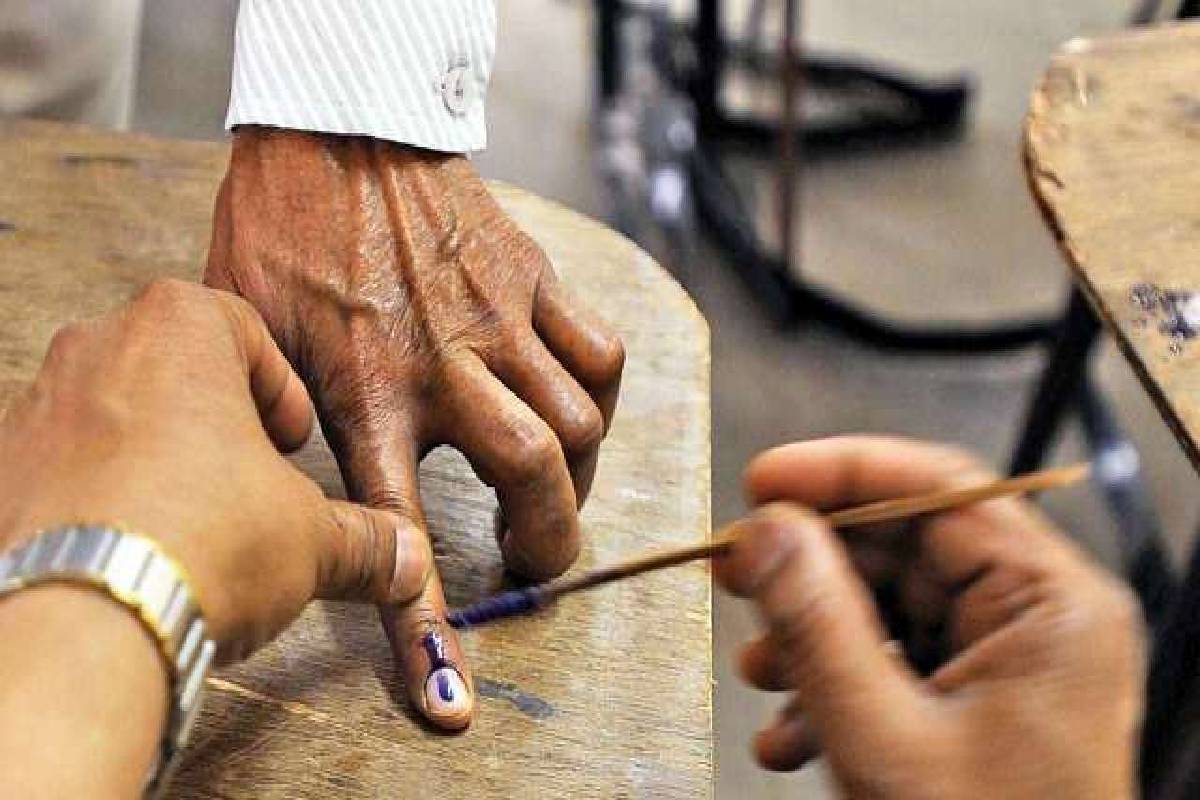Shah, Nadda, Rajnath campaign for BJP candidates in Delhi polls
They slammed the AAP government for failing to deliver on its promises during its decade-long rule.
While all political parties are vying with each other to win a maximum number of seats from Surat, this time around it seems to be a different ballgame altogether.

(representational image)
Surat, with 16 assembly seats – spread in urban and rural areas – is very important for all political parties in Gujarat elections. These seats will go to polls in the first phase of polling on December 1.
The mood in Surat is considered the barometer of the outcome of the assembly elections in the state. It is said whichever party wins, Surat wins Gujarat.
Advertisement
Hence, all political parties have geared up to win a maximum number of seats in Surat. In the last assembly polls held in 2017, the BJP managed to take away 14 of the 16 seats.
Advertisement
However, this time around it seems to be a different ballgame altogether.
In the civic polls in Surat, the Aam Aadmi Party (AAP) made its presence felt. A hub of diamond and textile trade, Surat’s tribal area is seen as the traditional bastion of Congress, which will try to retain its vote bank.
It is estimated that there are around 15 lakh diamond workers in Gujarat, of them around seven lakh are employed in Surat, which certainly makes up a huge vote bank. Similar is the case with textile industries!
The voting pattern in Surat resonates with Saurashtra and Northern Gujarat. Indications available about the latest trend suggest that there is a close triangular contest in 5-6 seats of Surat. Kohlis, tribal groups and OBCs have a significant role to play in a few seats. Migrants from other states settled in the state are now a major vote bank in Surat.
Surat also indicates the mood of the Patidar or Patel community, which dominates north Gujarat. The Patidar community is politically influential. Their campaign for reservation during 2015-2016 had seen a huge participation.
As per an estimate, Patidar accounts for 12 per cent of the state’s population and can play a major role by swinging the results either way in the state elections.
They can influence the election in more than 70 out of 128 assembly constituencies.
Advertisement